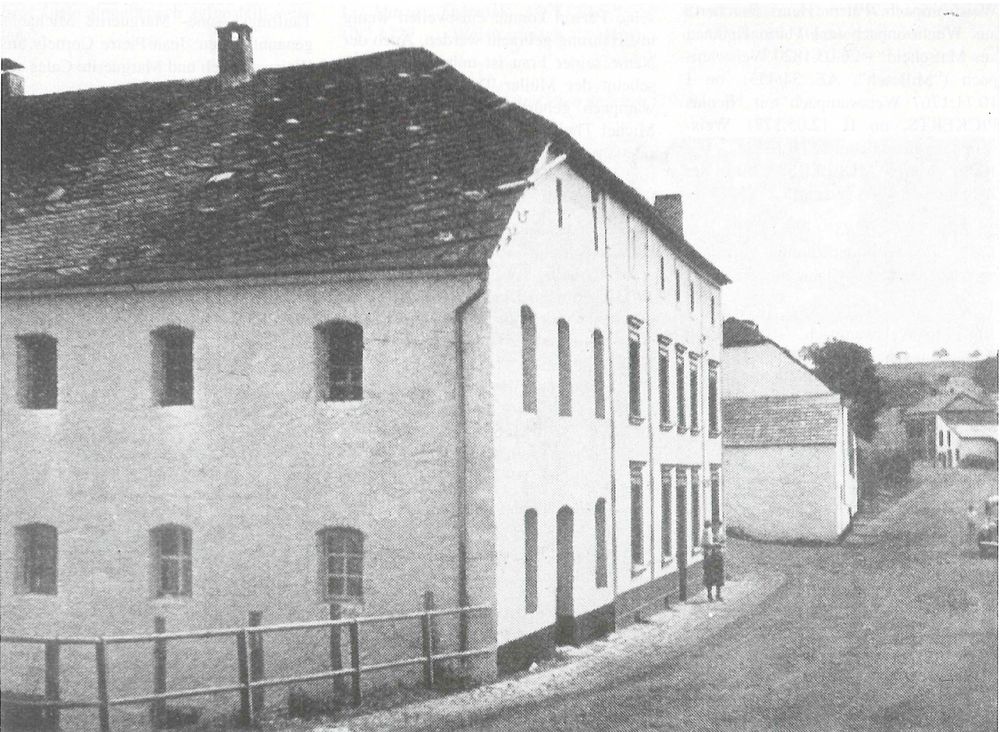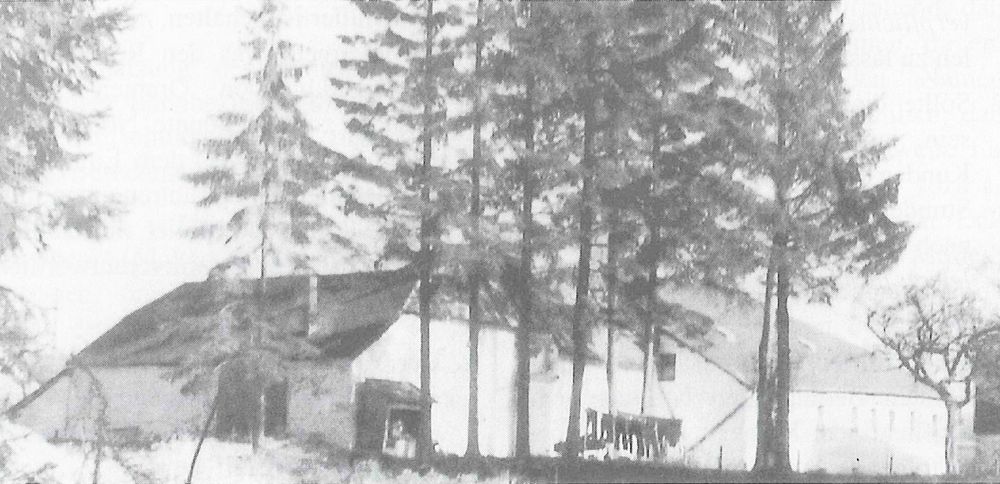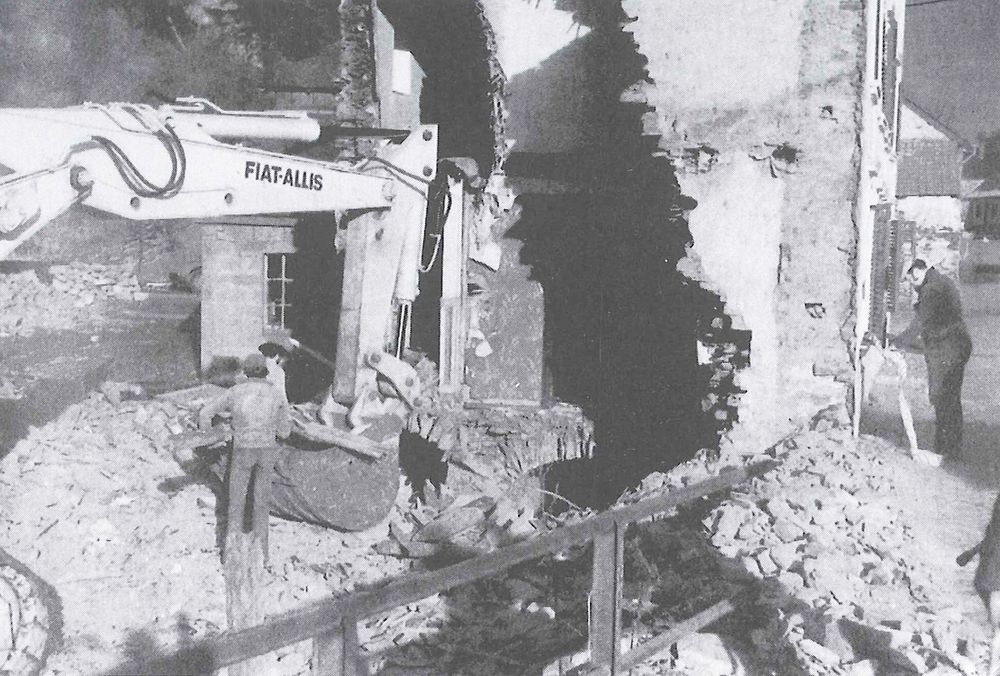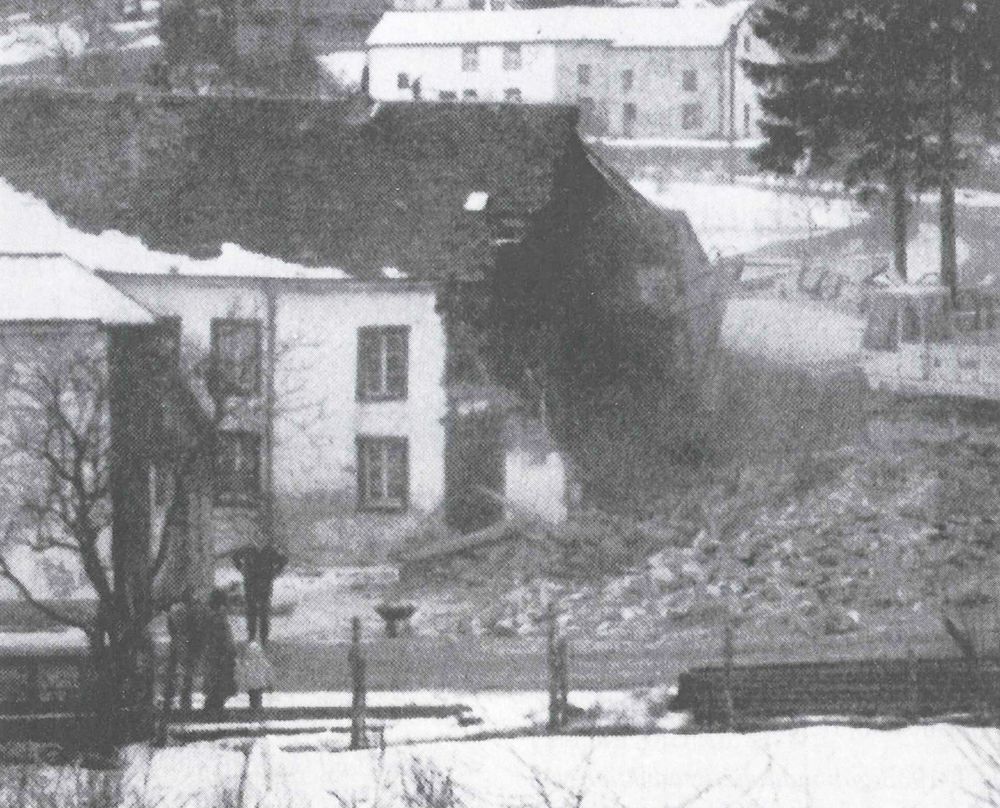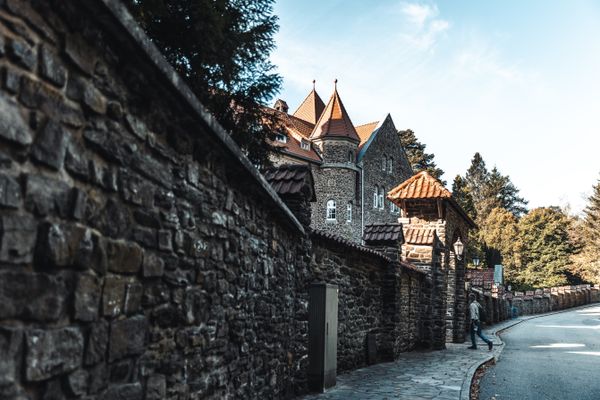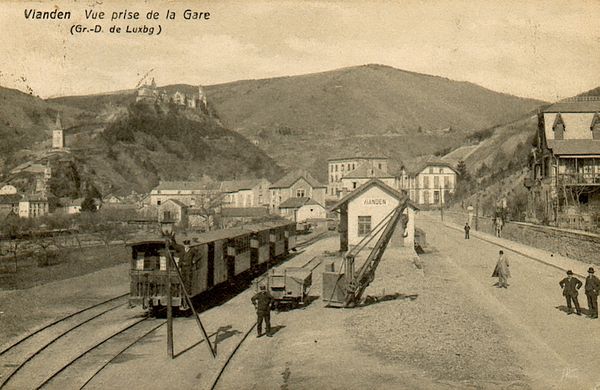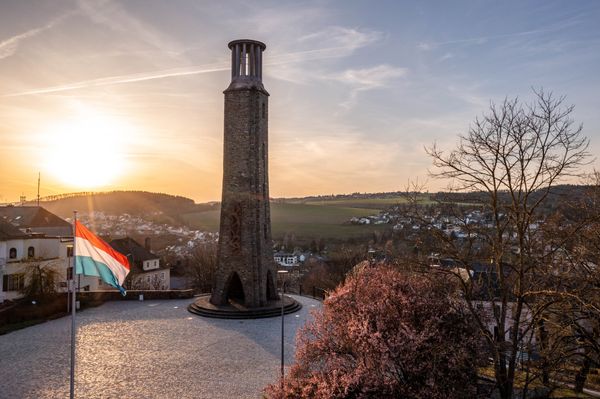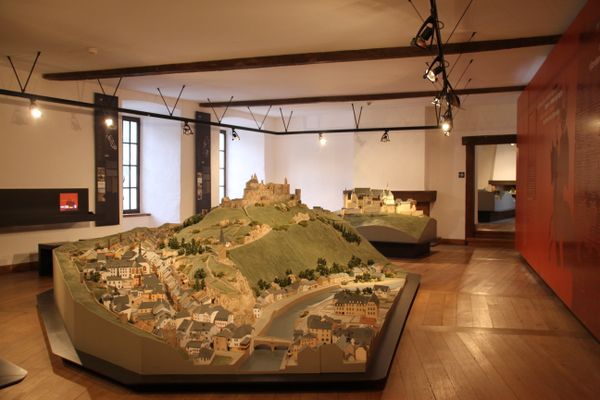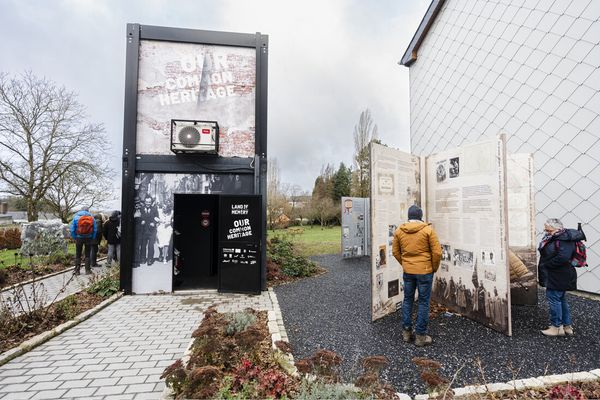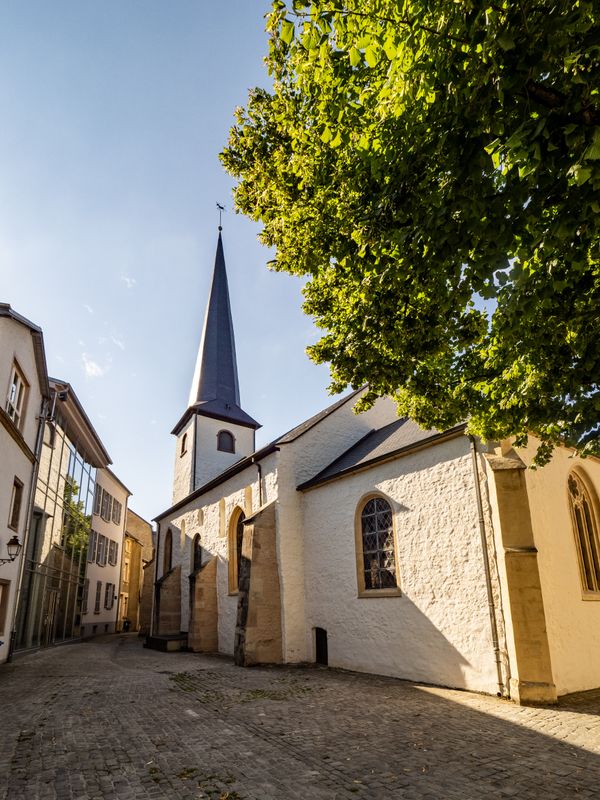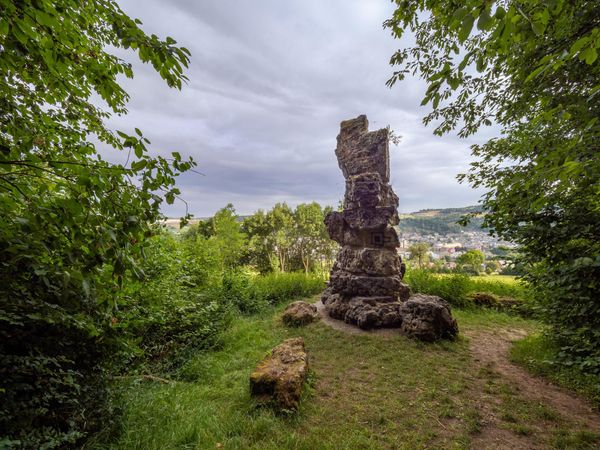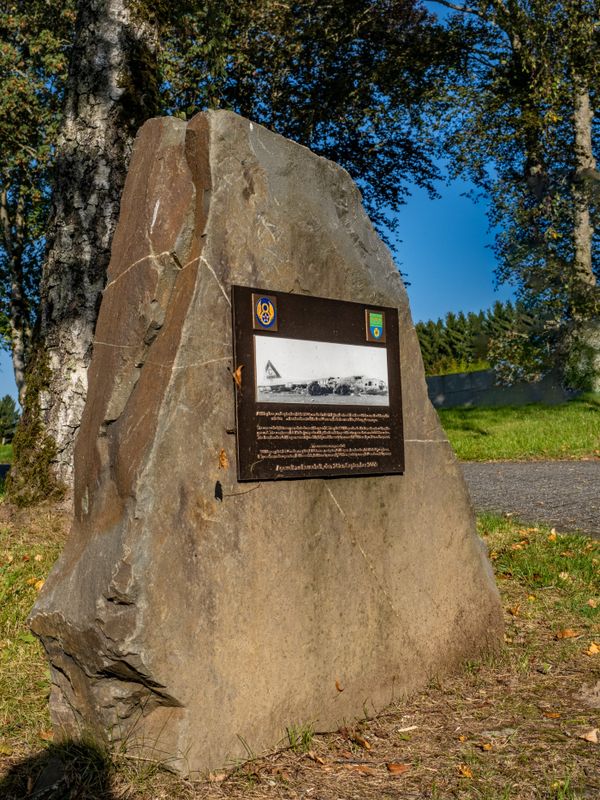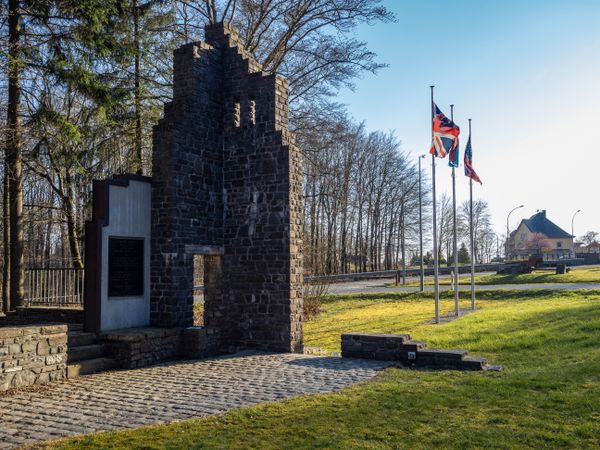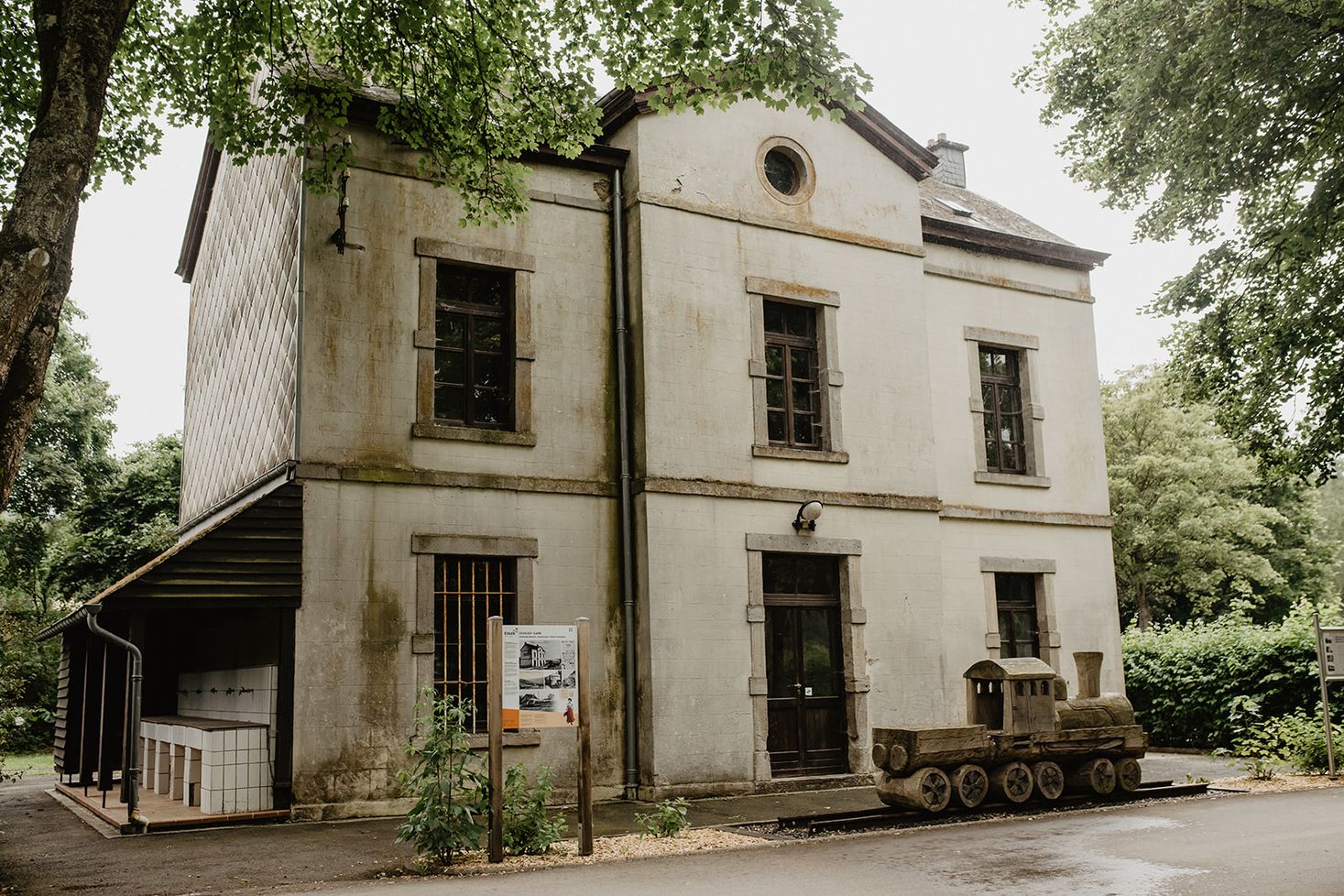
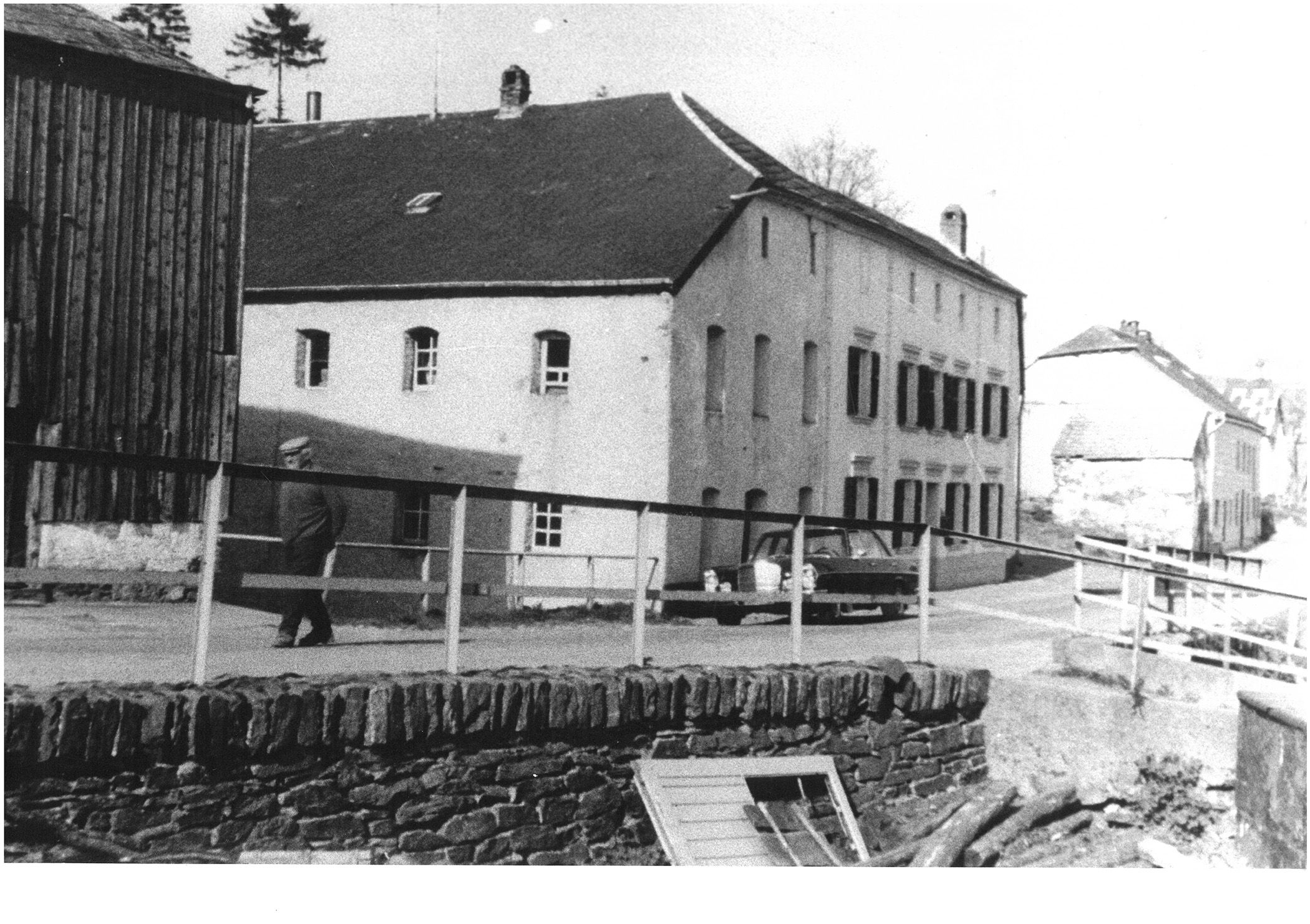
Former village mill Weiswampach
The village of Weiswampach holds a unique place in Éislek’s history. While most mills in the region were bound by thirlage laws, forcing villagers to use a specific mill and pay fees to the local lord, the Weiswampach mill was a remarkable exception. Though the mill itself no longer stands, its story reveals the complexities of the past and the ways local circumstances could sometimes defy rigid systems.
Thirlage: A Feudal Burden
In the feudal era, mills were essential for turning grain into flour, a staple of everyday life. Thirlage laws ensured that the lords controlled this process. Villagers were bound to their lord's mill, often paying high fees and unable to seek better prices or service elsewhere. This system limited choice and added to the burdens of rural life.
Weiswampach's Exception
For reasons lost to time, the Weiswampach mill, which was first mentioned in the 16th century, escaped this system. Villagers enjoyed the freedom to choose where to mill their grain, avoiding the extra costs and labour that thirlage often imposed. While other villages spent years fighting legal battles or paying hefty sums to gain this kind of freedom, Weiswampach was simply different. This makes the mill a fascinating historical puzzle.
Life Without Thirlage: Pros and Cons
Freedom from thirlage likely brought both benefits and challenges. The mill might have become more prosperous due to competition, motivating better service for customers. However, it may have created tension with neighbouring mills still bound by thirlage. Lease agreements spanning from the 16th to 18th century reveal that millers in Weiswampach operated under different rules than those at thirlage mills, showing just how distinct it was.
The Mill's Legacy
Though the physical mill is gone, its story echoes through time. Weiswampach residents lived in a freedom "for which some villages fought in vain or paid a lot of money," as Luxembourgish author Emile Erpelding memorably states. This single mill is a reminder that even in highly structured societies, local exceptions existed, demonstrating the power of place and circumstance in shaping people's lives.
Opening hours

